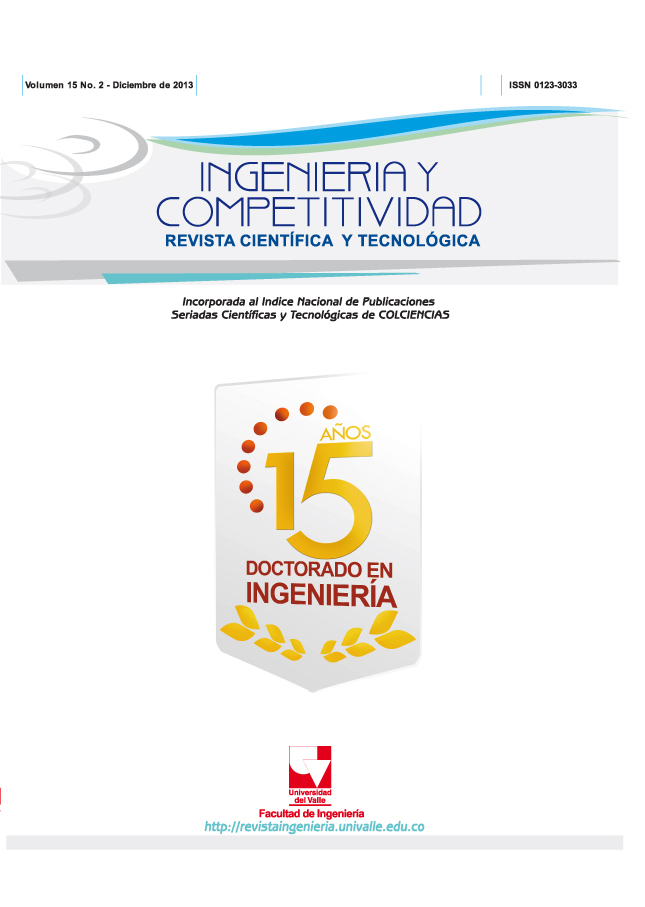Mejora de la biodegradabilidad potencial y la mineralización de una mezcla de pesticidas después de ser tratada con un sistema acoplado de fotocatálisis solar con TiO2 y humedales artificiales
Contenido principal del artículo
La fotocatálisis solar homogénea es un proceso de oxidación avanzada que permite tratar de forma exitosa un gran númerode contaminantes recalcitrantes, como: pesticidas, tintas industriales y compuestos farmacéuticos. No obstante, a pesar de suefectividad, los costos de aplicación de este proceso son altos cuando se trata de alcanzar la mineralización completa o deobtener un efluente amigable con el medio ambiente. Los sistemas acoplados fotocatalítico-biológicos se han convertido enuna alternativa factible para tratar de forma eficiente estos contaminantes. En este trabajo, un sistema acoplado de dos reactoressolares de colectores parabólicos compuestos (CPC) y humedales artificiales de flujos sub-superficial (HFSS) a escala piloto seevaluó para degradar un mezcla de pesticidas comerciales usados en el cultivo de la caña de azúcar. Para medir el desempeño delproceso para eliminar el contaminante, se estimaron el aumento de la relación DBO5/DQO y la reducción del carbono orgánicototal (COT) para cada sistema por separado y para el acople. Se consideraron tres diferentes niveles de radiación solar UVacumulada y de flujos de alimentación al HFSS en el diseño experimental. La relación DBO5/DQO aumentó de 0.15 a 0.90 y lareducción de COT (mineralización total) estuvo alrededor del 80%.
- Diurón
- 2
- 4-D
- Ametrina
- Heliconia psittacorum
- biodegradabilidad.
Descargas
Los autores que publican en esta revista están de acuerdo con los siguientes términos:
Los autores ceden los derechos patrimoniales a la revista y a la Universidad del Valle sobre los manuscritos aceptados, pero podrán hacer los reusos que consideren pertinentes por motivos profesionales, educativos, académicos o científicos, de acuerdo con los términos de la licencia que otorga la revista a todos sus artículos.
Los artículos serán publicados bajo la licencia Creative Commons 4.0 BY-NC-SA (de atribución, no comercial, sin obras derivadas).





